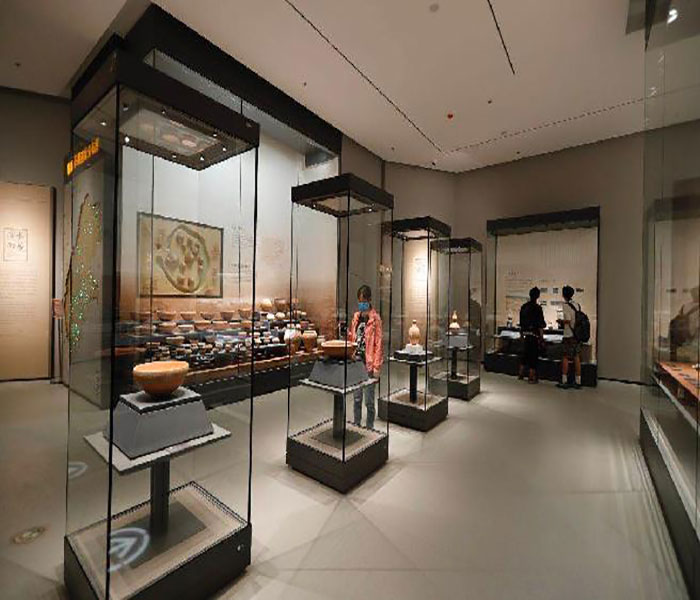In modern life, the existence of art and aesthetics is not only to decorate the space but also to bring people spiritual enjoyment and emotional resonance. In this process, the way the artwork is displayed undoubtedly plays a crucial role. Low-reflective picture frame glass, as a material that optimises visual perception, has been widely used in galleries, museums and private collections, where it has become a clear choice for art display with its unique properties that enhance the viewing experience.
Firstly, the important feature of low-reflection picture frame glass is its ability to significantly reduce the reflection of ambient light on the glass surface. When light hits ordinary glass, part of the light will be reflected due to the difference in refractive index, which leads to viewers being easily disturbed by reflections when viewing the picture, affecting viewing clarity. Low-reflective glass, through a special process, reduces the reflectivity to a minimum, enabling the viewer to focus more on the artwork itself, whether it is the saturation of colours or the delicacy of details that can be better captured and felt.

Secondly, low-reflection picture frame glass is also UV resistant. UV rays are harmful to many art materials, and prolonged exposure can to problems such as colour fading and material deterioration. Low-reflective glass can effectively block some of the harmful UV rays and protect the artwork from damage, thus prolonging the preservation time of the exhibits, which is especially important for the protection of cultural relics.
In addition to the advantages of optical performance, low-reflective picture frame glass also excels in terms of practicality. It is more resistant to abrasion and maintains a smooth surface condition even when frequently touched or cleaned, reducing the accumulation of scratches and stains. This is particularly important for public exhibition spaces as it reduces maintenance costs and maintains consistency of display.
Low-reflective picture frame glass is also easy to clean. The special treatment of the surface makes it difficult for stains to adhere, and even if it is stained with fingerprints or grease, it can be easily wiped clean with a cleaning agent, ensuring that the glass remains clear and transparent at all times. This not only facilitates daily maintenance but also provides a better viewing environment for the audience.
Low-reflective framed glass also performs well in terms of environmental protection. During production and processing, it uses materials and processes that meet environmental standards and do not pollute the environment. At the same time, due to its durability, it reduces the frequency of replacement and lowers the consumption of resources and the generation of waste, thus reducing the burden on the environment.
On an aesthetic and design level, low-reflection picture frame glass also offers more possibilities. Its high transparency and clarity allow designers to conceptualise their displays more freely, without having to worry about visual distractions caused by light reflections. This allows the artwork to be presented in front of the audience in its truest state, enhancing the infectious power and influence of the artwork.
In summary, with its desirable optical performance, practical physical properties, environmentally friendly production process and aesthetic advantages, low-reflection picture frame glass has become a clear choice for enhancing the viewing experience of artworks. With the development of technology and the advancement of material science, we have reason to believe that low-reflective photo frame glass will continue to provide high-quality solutions for the protection and display of artworks, adding more colours and textures to people's cultural and artistic lives.





